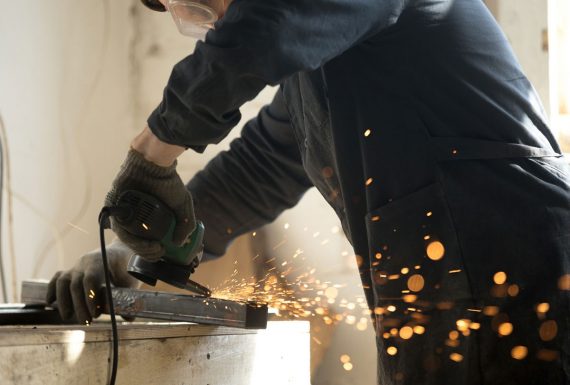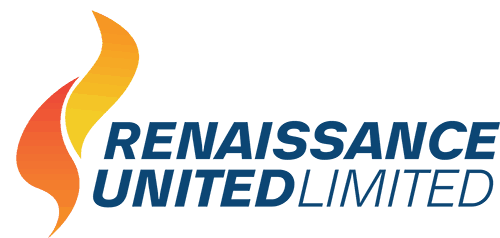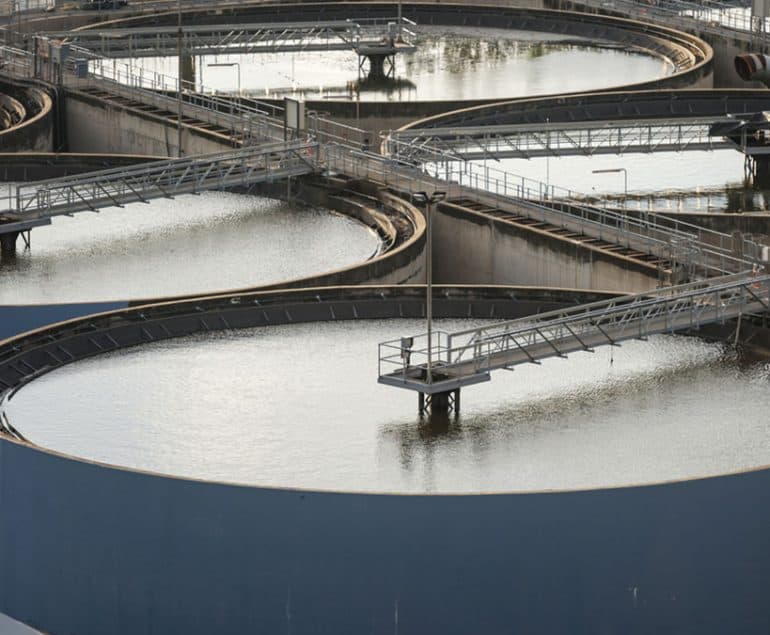Project Information
Renaissance United Limited’s (RUL) original core strength in building piers, jetties and terminals has grown substantially. In Malaysia, it co-developed and constructed a privately funded port – the Lumut Maritime Terminal.
The Company has also moved into land transport projects, including toll roads and bridges.
In Brunei, RUL submitted an innovative proposal to design and construct a sophisticated, fully serviced offshore supply base for the Shell Oil Company.
The project awarded to RUL included a jetty incorporating various service facilities comprising a bulk handling facility to provide bartyes, bentonite and cement needed for drilling operations. Silos are equipped with a state-of-the-art computer-controlled automatic loading system.
This oilfield support facility was completed within the tight contract period of 12 months.
Sabah Forest Industries were constructing the largest and most modern pulp and paper mill in Asia. As well as carrying out all the civil works for the mill and the design and construction of the export jetty, RUL was contracted to design and construct a five kilometre access road on the site.
The two-lane carriageway, designed for heavy vehicles with a gross weight up to 80 tons, links the jetty to the Sindumen Highway, with a spur road running to the pulp and paper mill.
The roadworks were completed, 2 months ahead of schedule
A construction port was required for unloading pipe, materials and equipment as the critical first step in the construction of the Trans-Saudi Oil and Gas Pipelines and the multi-billion dollar Yanbu Industrial Complex. The client selected RUL’s Rapid Installation Pier proposal in order to meet urgent delivery requirements.
Five units making up the pier were fabricated in Singapore and towed to site. The pier, designed for vessels up to 72,000 DWT, was jacked up and installed on site in only five weeks and the entire project completed early, in less than 6 ½ months.
RUL was contracted to design and construct a heavy loadout wharf at Shell’s main fabrication yard. The wharf is designed to handle the loadout of jackets and modules weighing up to 750 tonnes and the berthing of barges and offshore supply vessels.
RUL decided to use precast concrete to alleviate some of the problems involved in working in the difficult tidal conditions existing on site and to reduce installation time. The wharf had to be built during a period of record offshore activity, allowing fabrication, vessel berthing, as well as demolition of the existing wharf, to proceed simultaneously with construction.
The heavy loadout wharf was completed, on schedule, 10 months after contract award.
During the expansion of Johor Port, problems were encountered on Berth IV, which was being constructed conventionally, RUL offered an alternative method of constructing Berth IV using its rapid installation system. After extensive analysis by the client, RUL was contracted to design and construct the 60,000 DWT capacity berth.
Despite record rainfall during construction, the pier was operational in 23 weeks, three weeks ahead of schedule. The construction period for the adjacent conventional berth built by another company was almost three years.
RUL was awarded a contract to design and construct a jetty as part of the infrastructure of an offshore supply base in Labuan. The jetty, having a total effective berthing length of approximately 400m, is designed to handle supply vessels up to 6,000 DWT, medium duty barges and small vessels catering for the offshore oil and gas industry.
The L-shaped jetty has a concrete deck supported on tubular steel piles. A platform for drilling mud silos has been provided on the jetty head. The jetty will also be used to supply bunkering fuel, potable water and industrial water.
The jetty was successfully completed in only 12 months, four months ahead of contract schedule.
In 1981 Santa-Fe needed a pier to alleviate the shortage of berthing space at the Merak offshore oilfield supply base caused by the increased number of rigs and platforms working in the Java Sea. RUL provided an innovative solution – they removed a pier that they had previously installed in West Malaysia, towed it to Singapore for modification and subsequently reinstalled it 1,130 kilometres away at Merak.
As a result, the pier was quickly installed and the project completed, on schedule, within 5 months of contract signing.
The Saline Water Conversion Corporation planned to build and expand a series of major desalination plants. RUL proposed to supply and install an innovative, self-contained portable pier complete with hydraulic jacking system, crawler crane, tug and two barges. As soon as one plant was completed, the pier could be jacked down, towed to a new site and then jacked up again, ready for construction of the next plant.
The versatile Rapid Installation Pier was fabricated supplied and installed on site within the 6 ½ month contract period.
Sabah Forest Industries are constructing the largest and most modern pulp and paper mill in Asia. As well as carrying out all civil works for the mill, RUL was contracted to design and construct the jetty for the project.
The jetty, designed to accommodate two vessels up to 15,000 DWT, is constructed with tubular steel piles, prefabricated crosshead and longtudinal beams and a concrete deck. A mooring dolphin was installed 40 metres beyond the jetty head.
The accelerated progressive construction techniques used on the jetty enabled this challenging project to be successfully completed in 10 months, 2 months ahead of schedule.
Mobil Oil urgently needed to expand its product loading facilities. RUL’s innovative rapid installation proposal, based on a concrete jack-up platform, was chosen as the best alternative.
The loading platform, designed for 50,000 DWT tankers, was cast on top of barge using a temporary stressing system to support the structure. It was then towed to site, where tubular steel piles were driven through the platform. After being jacked up hydraulically, the platform was permanently post-tensioned.
This project was completed, on schedule, in only 10 months, a much shorter time than would have been required for a conventional cast in-situ facility.






